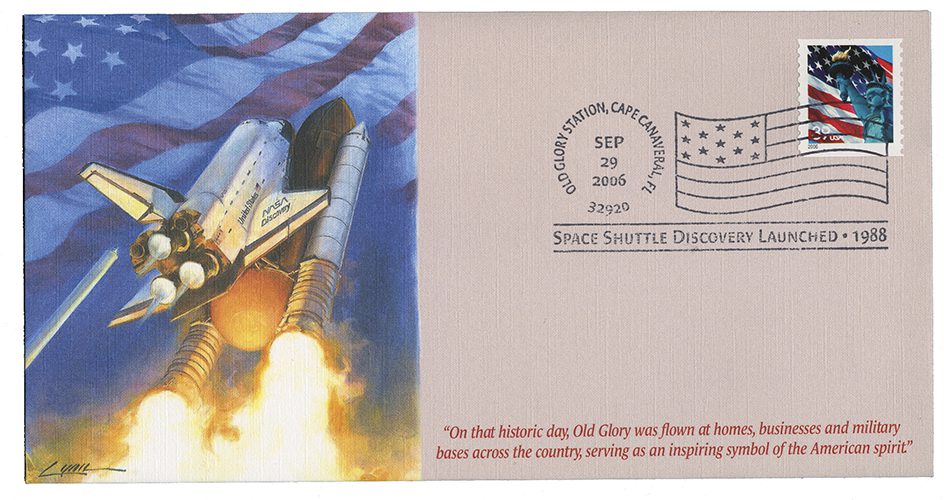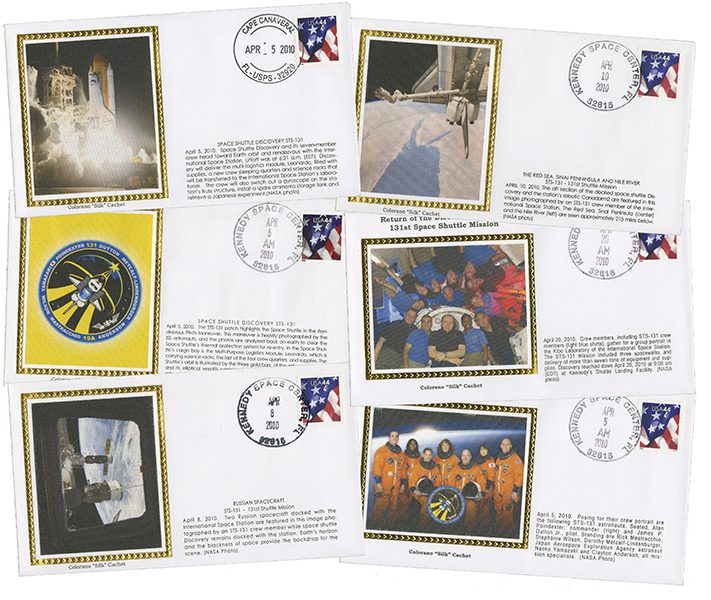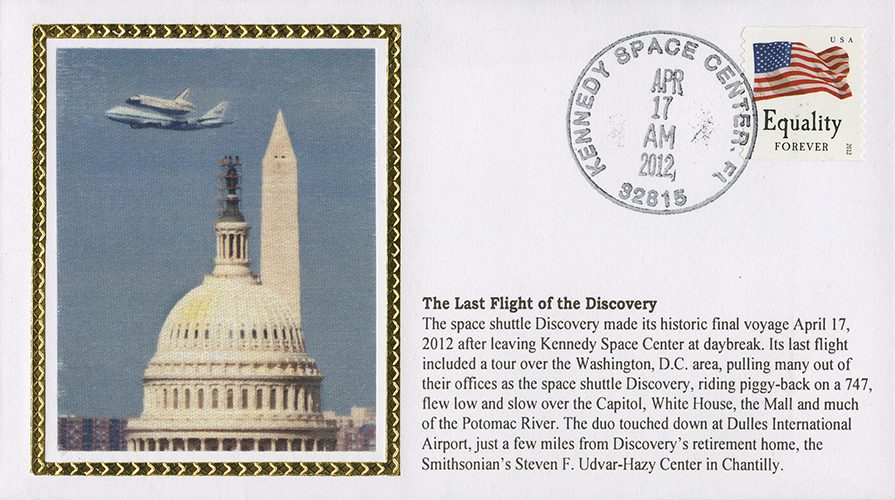On August 30, 1984, the Space Shuttle Discovery made its first launch into space, two months later than initially planned. It would go on to make more flights than any other shuttle in its fleet.
Following the tradition of naming spacecraft after famous ships, the Space Shuttle Discovery received its name from a combination of four different ships, all named Discovery. One of these ships was the HMS Discovery, which was commanded by Captain James Cook. His voyages in the 1770s to the South Pacific led to the discovery of the Hawaiian Islands.
Another significant ship named Discovery was the one Henry Hudson used to explore the Hudson Bay while searching for a Northwest Passage between the Atlantic and Pacific Oceans. In 1875-76, Captain George Nares commanded the HMS Discovery on a British Arctic Expedition to the North Pole. There was also the RRS Discovery, a Royal Geographical Society research vessel that served as the main ship of Captain Robert Falcon Scott’s expedition to Antarctica.
Construction on the Space Shuttle Discovery began in 1980. By June 1984, it was ready to launch. Discovery was planned to launch on June 25, but was delayed by technical issues. It was then supposed to launch the following day, but there were further issues, leading to the shuttle program’s first launch abort at T minus 6 seconds.

NASA scientists spent the next two months working out the issues so Discovery could be ready for an August 30 launch. However, the launch was briefly delayed yet again that morning for almost seven minutes to wait for a private plane to finish flying through the restricted airspace near the launch pad. Discovery finally took flight that morning at 8:41 a.m. The astronauts aboard were Henry W. Hartsfield Jr., Michael L. Coats, Richard M. Mullane, Steven A. Hawley, Judith A. Resnik (the second American woman in space), and Charles D. Walker.

The third of five US space shuttles built, Discovery was carrying the largest payload up to that time – 41,184 pounds. Most of the payload consisted of three communications satellites, one for Satellite Business Systems, one for Telesat of Canada, and one for the US Navy. Discovery also carried the OAST-1 solar array, which was the largest structure ever extended from a manned spacecraft. There was also a Continuous Flow Electrophoresis System (CFES) experiment with living cells and an experiment on crystal growth in microgravity.
After six days, 56 minutes, and four seconds, Discovery returned to Earth on September 5, 1984. It had traveled 2.49 million miles and orbited the earth 97 times.
Over the next 27 years, Discovery launched another 38 times, more than any other spacecraft to date. In that time, Discovery was used as a Return to Flight orbiter following the Challenger and Columbia disasters. Discovery also launched the Hubble Telescope and flew two service missions to it. Other missions have included research and International Space Station assembly. And in 1990, Discovery was used to launch the Ulysses spacecraft, which was sent to explore the sun’s polar regions.
In 1998, Discovery returned one of America’s most famous astronauts to space. Thirty-six years earlier, John Glenn became the first American to orbit the Earth aboard Friendship 7. While reading a book on space physiology, the idea occurred to Glenn that a study examining the effects of weightlessness on older people could be beneficial. NASA officials weren’t convinced, and neither was Glenn’s wife, Annie, but after being found in good health, Glenn began preparing for the journey.
Glenn returned to space on October 29, 1998. Glenn, then 77, spent nine days on Discovery. A member of the Senate Special Committee on Aging, Glenn hoped his journey would help researchers learn more about the effects of aging. Glenn’s heart and respiration rates, blood volume, and blood pressure were monitored regularly throughout the flight. Scientists analyzed the results, especially his immune system function and protein levels. Glenn’s sleep cycles were also measured and compared to readings that were taken before liftoff. He was given another battery of tests when he returned home.
In all, Discovery completed 5,830 orbits and spent 365 days in orbit. This made the spacecraft the orbiter flight leader, as it flew more flights than any other orbiter in its fleet. In March 2011, Discovery became the first operational shuttle to be retired. The next year, it was sent to the Smithsonian’s National Air and Space Museum in Washington, DC, where it was placed on permanent display.
Click here for a video on Discovery‘s first mission.
Click here for lots more space stamps. And click here for more Discovery stamps and covers.
| FREE printable This Day in History album pages Download a PDF of today’s article. Get a binder or other supplies to create your This Day in History album. |
Discover what else happened on This Day in History.







I continue to enjoy your “This Day” articles, which combine two of my favorite passions, stamps and history! One of the little things I look forward to each day…. Please pass along my appreciation to those are involved in producing these, and keep it up, please!
Very nice article and a reminder of the greatness of the 80s and 90s.
America has always been great.